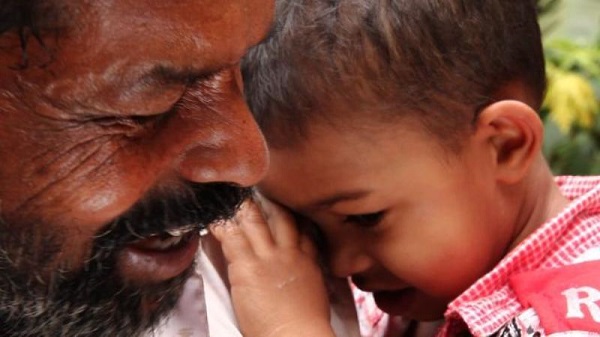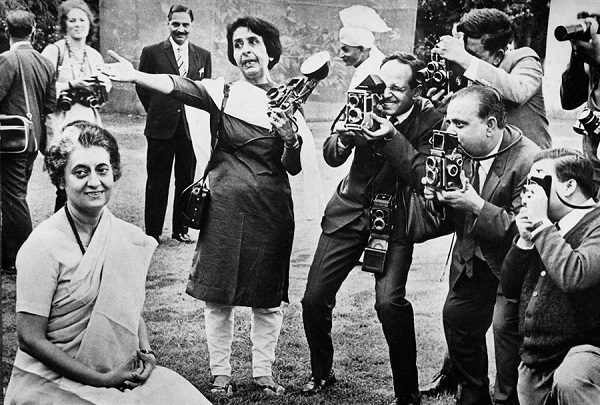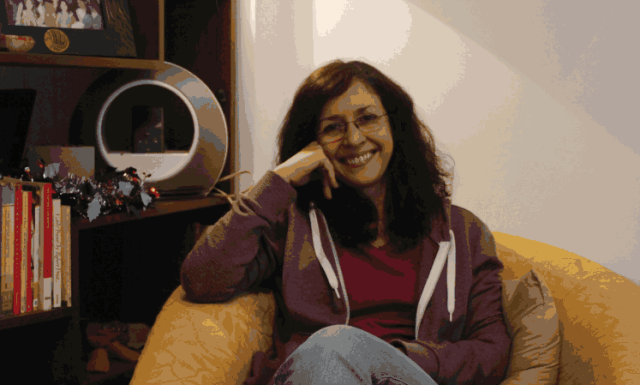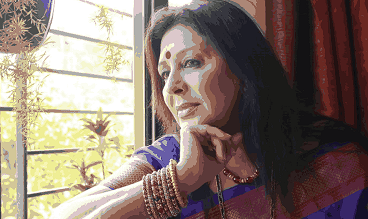Available in three screen sizes and with prices starting from Rs 94,990, this new device might just take your fancy.
by Manik Kakra
Sony today launched its hybrid Vaio Flip in India. Offered in 13-inch, 14-inch, and 15-inch screen sizes, this hybrid is being touted as a combination of the traditional notebook and tablet form factors. The USP of the Vaio Flip is its swivel screen, which has an additional hinge at the centre to rotate the screen at 180 degrees. So, you can use the device as a complete tablet, swivel the screen back to use as a notebook, or rotate the screen the other way to use it as a screen like a digital photo frame for your need.
Hardware: This Windows 8 device (upgradable to Windows 8.1) comes in various processor options. Its 15-inch model (F15N17) comes loaded with Intel’s fourth generation 1.8 GHz i7 processor, 2 GB nVidia graphics card, and 8 GB of RAM. Then there is one 15-inch and one 14-inch model that come with 1.6 GHz i5 processor and 4 GB of RAM, along with 1 GB nVidia graphics card and Intel 4400 graphics card, respectively.
 All these models have 1 TB of hybrid storage (SSD + HDD) disks, while the 13-inch (F13N) model, which the company is marketing more as a tablet than laptop, comes with 4 GB RAM, 128 GB SSD and is powered by 1.6 GHz i3 processor. All the models have got 1920 x 1080 HD screens, and have the Windows 8 Home button at the screen’s bottom. The 13-inch model also comes with a dedicated USB 3.0 port that can be used for charging your smartphones and tablets even when your Vaio Flip has been shut down.
All these models have 1 TB of hybrid storage (SSD + HDD) disks, while the 13-inch (F13N) model, which the company is marketing more as a tablet than laptop, comes with 4 GB RAM, 128 GB SSD and is powered by 1.6 GHz i3 processor. All the models have got 1920 x 1080 HD screens, and have the Windows 8 Home button at the screen’s bottom. The 13-inch model also comes with a dedicated USB 3.0 port that can be used for charging your smartphones and tablets even when your Vaio Flip has been shut down.
Other features: Connectivity-wise, there is Bluetooth, WiFi, HDMI port, USB 3.0 ports. It has an 8 MP rear camera; and a 2 MP front-facing camera.
Price points: Sony is giving its MDR-XB-920 headphones free for every buyer till the end of March 2014, and you can also get an extended warranty for a discounted price for a limited time period. The F13N1A has been priced at Rs 99,990, and comes in silver and black colours; F14N16 at Rs 94,990, and F15N12 at Rs 1,04,990, and F15N17 for Rs 1,19,990, and come in only silver colour.






